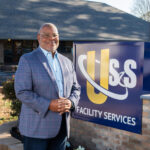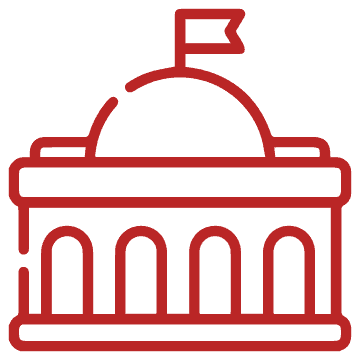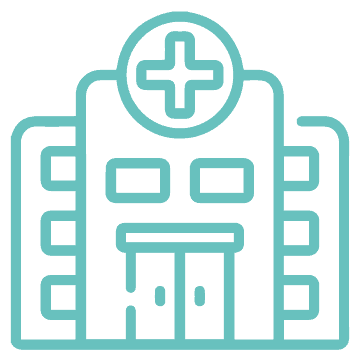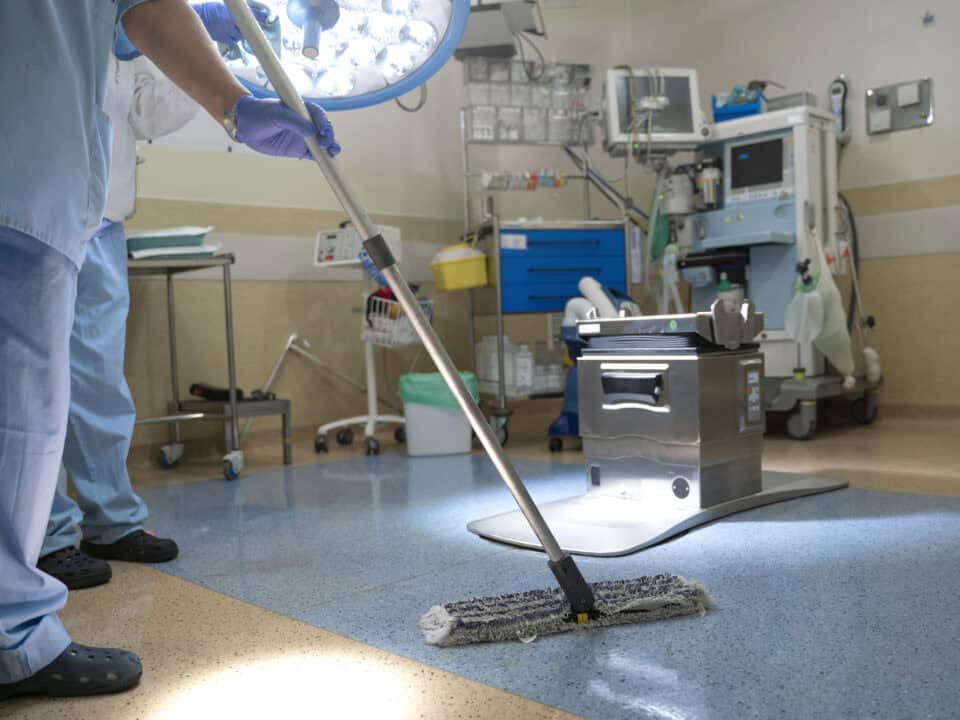
Vendor Consolidation for Small to Midsize Companies
December 20, 2023
S. Richard Hagins: A Recognized Leader Impacting Both Industry and Community
January 29, 2024In the complex world of healthcare, a facility’s seamless operation is critical for the quality of patient care. Among the many challenges healthcare administrators face, one stands out — maintaining the delicate balance between routine maintenance tasks (like HVAC maintenance) and the uninterrupted flow of healthcare services. Specifically, not only can maintenance interrupt patient care, but it can also incur facility costs if treatment is interrupted.
Routine and scheduled custodial services are crucial in maintaining cleanliness, hygiene, and overall sanitation within healthcare facilities. They prevent the spread of infections, provide a safe environment for patients, staff, and visitors, and contribute to the overall quality of care. Additionally, custodial services help healthcare facilities comply with regulatory standards and ensure a positive reputation in the community.
In this blog, we explore the complexities of hospital maintenance and suggest strategies for efficient facility maintenance scheduling and execution that ensure continuous care for patients.
The Challenges of Hospital Maintenance
Balancing Act
Healthcare facilities are bustling hubs of activity, with the constant ebb and flow of patients, healthcare professionals, and support staff. Disruptions caused by maintenance activities can have a cascading effect on patient care, staff workflow, and overall operational efficiency. Striking the right balance is a nuanced challenge that requires a thoughtful and strategic approach.
Regulatory Compliance
The healthcare industry is heavily regulated, with stringent standards and requirements to ensure the safety and well-being of patients. Navigating these regulations while conducting ongoing maintenance adds an extra layer of complexity. Meeting these standards without compromising daily operations is a high-stakes challenge for hospital administrators and facility managers.
Design and Installation of Utility Systems (EC.02.05.01 EP 1) and ASHRAE’s air quality standards are just some regulatory compliance standards that are partially important to a facility maintenance manager.
EC.02.05.01 is crucial to hospitals because if HVAC equipment is installed improperly, heating may result in patient dissatisfaction. The Joint Commission expects utility systems to be fully commissioned following installation to ensure the outcome is consistent with the needed utility system. EC.02.05.05 EP 1 also requires the organization to test utility system components before initial use and after major repairs or upgrades.
Other compliance standards to consider are safety, infection control, and cleaning protocols recommended by the EPA, CDC, ISSA, and OSHA. At US&S, we use EPA-Registered & Approved Chemicals and OSHA, CDC & ISSA-Compliant Practices.
Patient-Centric Approach
A paramount consideration in healthcare facility maintenance is adopting a patient-centric approach. Patients’ comfort, safety, and overall satisfaction during maintenance activities are non-negotiable. Addressing these concerns requires meticulous planning and execution to minimize any adverse impact on the patient experience.
6 Strategies for Efficient Scheduling & Execution of Hospital Maintenance
Strategic maintenance scheduling and its effective execution are the keys to balance between proper ongoing facility operations and continuous, high-quality patient care. Here are six best practices you can apply at your facility:
1. Proactive Planning
The cornerstone of efficient maintenance is proactive planning. Regular assessments, predictive hospital maintenance strategies, and a keen eye for identifying potential issues before they escalate are crucial. By adopting such a proactive mindset, healthcare teams can notice and address maintenance needs before they become disruptive.
Pro Tip: Embrace condition-based monitoring as a proactive strategy to enhance maintenance efficiency. Condition-based monitoring involves continuously monitoring the health and performance of critical assets in real-time. By leveraging sensors, data analytics, and machine learning algorithms, healthcare facilities can detect abnormalities or signs of wear and tear before they escalate into major issues.
2. Prioritization
Maintenance tasks vary in importance. Prioritization based on urgency, impact on operations, and regulatory requirements is key. Categorizing tasks and creating a hierarchy of priorities allows facility managers to focus resources where they are needed most and minimize disruption to critical healthcare services.
You can begin by asking yourself questions, such as: How do you prioritize work? If you currently use planning and scheduling software, check whether your CMMS is set up to meet your needs? Can you tag work orders by their priority level? Can you track performance metrics like schedule compliance?
3. Off-Peak Scheduling
One effective strategy is scheduling routine maintenance during off-peak hours. This may include night shifts, weekends, and holidays when the facility experiences lower foot traffic. By strategically timing maintenance activities, facilities can significantly reduce the impact on daily operations.
Pro Tip: Leverage data analytics to identify optimal time slots for off-peak scheduling. Analyzing historical patient flow data, peak hours, and resource utilization patterns can help healthcare facilities pinpoint the most opportune moments for maintenance activities. This data-driven approach ensures that off-peak scheduling aligns with actual usage patterns, maximizing efficiency and minimizing disruptions.
4. Communication and Collaboration
Clear and transparent communication is the linchpin of successful hospital maintenance operations. Collaborative efforts between facility management, healthcare staff, and relevant departments ensure everyone is on the same page. Timely and accurate information sharing minimizes surprises and allows for proactive adjustments to workflow.
5. Utilizing Technology
In the digital age, technology offers powerful solutions to streamline maintenance processes. Implementing Computerized Maintenance Management Systems (CMMS) and other tools can revolutionize scheduling, task assignment, and tracking. Technology not only enhances efficiency but also provides valuable data for future planning.
CMMS can also improve communication between departments within an organization, creating efficiency and visibility, with all departments accessing the same information simultaneously. CMMS training is one of the many operations and maintenance services we can assist you with within your healthcare facility. Read more on how technology and AI advance facility management.
6. Cross-Training and Redundancy
Your teams are a critical component of maintenance efficiency. Cross-training staff to handle various maintenance tasks creates a pool of versatile professionals. Building “redundancy” in skill sets ensures that operations can continue seamlessly, even in the absence of specific personnel.
Enhance Your Hospital Maintenance
In conclusion, the efficient scheduling and execution of routine maintenance tasks in healthcare facilities demand a strategic and patient-focused approach. By embracing proactive planning, effective communication, and leveraging technology, healthcare facilities can maintain a delicate balance between addressing hospital maintenance needs and ensuring uninterrupted healthcare services. The road to streamlined maintenance is paved with innovation, collaboration, and an unwavering commitment to the well-being of patients and the efficacy of healthcare operations.
At US&S, we specialize in providing comprehensive facility services tailored to the unique needs of healthcare environments. If you’re seeking expert assistance in optimizing your hospital facility maintenance, our dedicated team is ready to support you. Contact us today to explore how US&S can be your trusted partner in maintaining a seamless and efficient healthcare facility.














